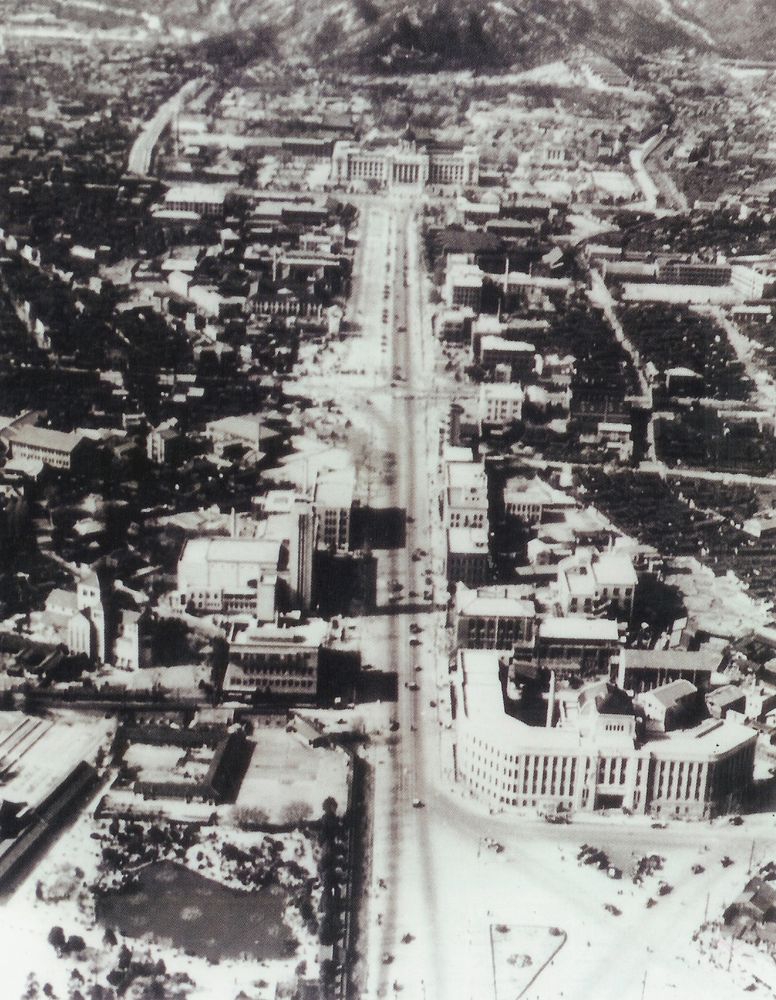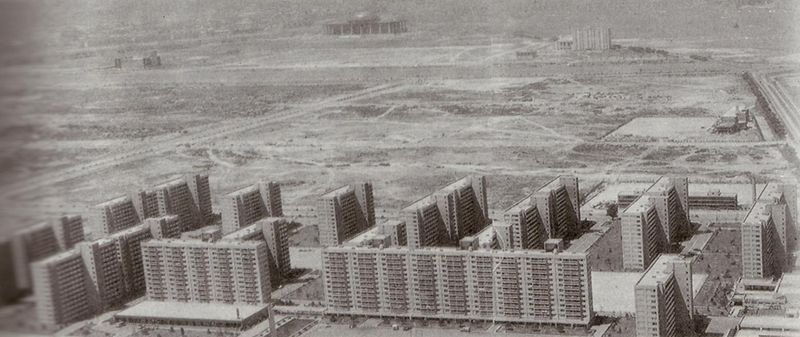Eight years after her debut, the pop singer Bada is preparing to market her first solo concert, “Showman aLive,” with a novel twist. The concert will be held at Samseong-dong's COEX convention center in Seoul on July 29, and the singer and her management plan to do their bit for the nation’s paltry birthrate by encouraging people to have children under the slogan "the happiness of manwon." Concertgoers who have more than two children will be given a "manwon" or W10,000 note, according to Network Live, the organizer of the concert.Methinks someone needs some new management. "Happiness of Manwon (만원의 행복) "? Supporting increasing the birthrate? Wouldn't donating a portion of ticket sales to organizations helping flooding victims be a more pressing and timely issue to latch onto? Maybe it isn't; that's likely why I don't manage crappy pop singers. I mean, most people would agree that members of the indie band Couch dropping their pants on live tv a year ago (has it been that long?) was a pretty stupid idea, but it doesn't seem any worse than handing out manwon to concertgoers with more than two children. How many people in her audience would even have three or more children (yes, yes, I realize that's the whole point - they won't be handing out any more than a dozen King Sejongs). In case you were wondering how they determined who was eligible, they (unsurprisingly) simply used the Resident Number of those buying tickets to confirm the number of children a ticket-purchaser had (Korean article here).
On a note related to resident numbers, this article tells us that the government decided last week that Korean internet users will be required to have their identification checked to post comments on web portal sites with more than 300,000 visitors a day and media Web sites with over 200,000 visitors. It was also just over a year ago that the awareness of 'cyber-lynching', brought on by the dog-poop girl affair, led to a great deal of discussion as to what to do about it, the main answer being the use of real names when posting comments. What isn't mentioned in the above article is that there was a great deal of worry about further use of resident card numbers on the internet due to increasing identity theft, and that a new identification system was being considered. Apparently, that may no longer be the case. The new system will make it even harder for resident foreigners in Korea to take part, but I'm sure that's of little concern to anyone involved in these decisions.
Speaking of questionable government decisions (and music performances), Hongdae's Club Culture Association is trying to get a performance law changed, as it is essentially keeping foreign performers out of clubs there.
When clubs put foreign bands on stage, they are required to get a recommendation from the Korea Media Rating Bureau first and then obtain ``performance visas'' from the government.
The [...] Bureau, citing the performance law that categorizes clubs as restaurants as they sell alcohol, have rejected clubs' applications.[...]
[T]he Korea Media Rating Bureau is firm on its position not to allow performance visas to clubs that sell alcohol. ``We can only give our recommendation when performances are held without alcohol in accordance with the performance law,'' an official of the bureau said.[...]
In 2002, former Seoul Mayor Lee Myung-bak pledged to designate the area a cultural district in his election campaign. However, the pledge was not fulfilled. The government has been claiming that designating the area as a cultural district could speed up commercialization and increase real estate prices.
Can't...serve...alcohol...at music...performances? In Korea? The land of the morning hangover? Is this an excuse to keep out foreign performers and the influences their musical subcultures bring (as well as the accompanying international/racial mixing), or does this have more to say about Korean Confucian/Protestant ideas regarding entertainers and youth gathering in cramped, dark, sweaty clubs? The hubbub over the pants-dropping incident last year did show that there was a lot of distrust of this 'indie' music performance culture, so different from the pop concerts shown on tv where teenage girls scream and cry in the presence of Crappyjunior or Ddongfangshitgi; even former mayor Lee Myung-bak called for monitoring these indie clubs in Hongdae at that time. Combine all of these attitudes with bureaucracy and a fear of the dreaded real-estate bubble and who knows if the law will ever be changed; the hub of Asia tilts a little further towards the edge of the map...









